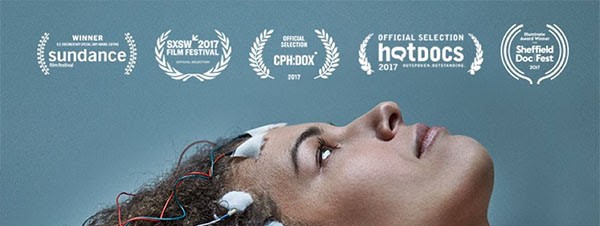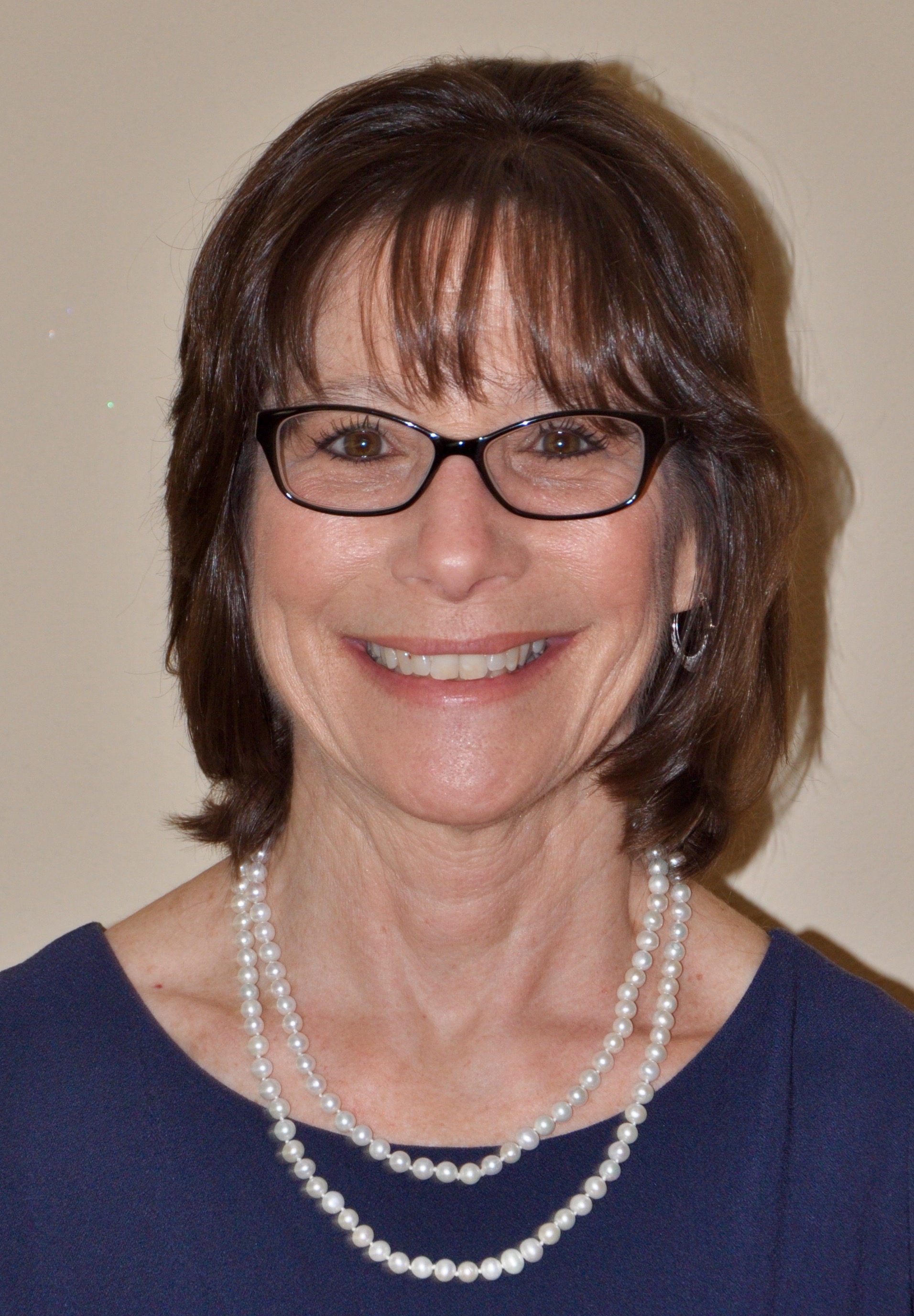Hi guys, research update video for you from Prof. Ron Davis!
Enjoy,

Research Update Featuring Ron Davis

We are happy to share a video research update from Dr. Ron Davis about the ME/CFS Collaborative Research Center at Stanford funded by OMF!
This is the first of a 3-part series; the next two will feature Drs. Mike Snyder and Mark Davis of Stanford University. They talk about the latest and most promising results from their teams, why they are excited to be in the field, what they will do in 2018 with the funding OMF has provided, and how all of this research could lead to new treatments for ME/CFS! Stay tuned.
In this video, Ron Davis discusses the latest results in developing new diagnostic technology for ME/CFS with the nanoneedle biosensor invented at the Stanford Genome Technology Center. He also talks about new findings from the Severely Ill Patients Big Data study. For more details, watch the video on our website.
Update from Dr. Jonas Bergquist

What are the roles of hormones, proteins, and antibodies in ME/CFS?
To answer these questions, OMF is currently funding the research of Jonas Bergquist, MD, PhD, a Professor at Uppsala University and a member of our Scientific Advisory Board. Dr. Bergquist is measuring proteins in cerebrospinal fluid and blood plasma from a small cohort of Swedish ME/CFS patients.
Click here to read the latest details and updates on Dr. Bergquist's research.
JOIN US! Host a HOUSE PARTY for Unrest
As an official partner with Time For Unrest, we invite you to screen Unrest in YOUR home or community center. We invite you to help share the film, support our ground-breaking research, and encourage dialogue about ME/CFS with your family and friends.
Join us for 10 DAYS OF HOUSE PARTIES!
If you are able, join Team OMF and Time For Unrest and host a small screening of 2 to 20 in your home between January 5 to 14. At the screening you can invite your guests to join you in supporting OMF's research, to help raise awareness of ME/CFS and to inspire conversations. All the resources you need are available and we are happy to help you. Let's see which State in the US and which country can host the most parties.
Sign Up Here To Get Started!

A Word from our CEO/President

As we reflect back on our accomplishments from 2017, I begin with you. I sincerely thank you for being a part of our OMF family and supporting research to help millions of patients around the world. Working with you through research, our Worldwide Tour, the Community Symposium, and the many Team OMF events around the world, we have strengthened our community, expanded critical research, and connected as friends.
In the coming year, I am committed to continuing to provide you updates and news as research advances.
I look forward to 2018 with great anticipation. My wish for 2018 is for our research to lead to advances to help all patients return to their lives and for each and every one of you to have better days ahead.
With hope for all,

Linda Tannenbaum
CEO/President
Linda@omf.ngo
Join TEAM OMF.
The work of OMF completely relies on big and small donations from people like you.

Donate while you shop. This holiday season, shop Amazon Smile and a percentage from all the gifts you purchase will be donated to OMF.
Create your legacy.
Please consider including OMF in your will & estate plans.
Learn more.
 Like Our Page
Like Our Page  Follow us
Follow us
Happy Holidays guys,
B
@Janet Dafoe (Rose49) @AshleyHalcyoneH
Enjoy,

Research Update Featuring Ron Davis

We are happy to share a video research update from Dr. Ron Davis about the ME/CFS Collaborative Research Center at Stanford funded by OMF!
This is the first of a 3-part series; the next two will feature Drs. Mike Snyder and Mark Davis of Stanford University. They talk about the latest and most promising results from their teams, why they are excited to be in the field, what they will do in 2018 with the funding OMF has provided, and how all of this research could lead to new treatments for ME/CFS! Stay tuned.
In this video, Ron Davis discusses the latest results in developing new diagnostic technology for ME/CFS with the nanoneedle biosensor invented at the Stanford Genome Technology Center. He also talks about new findings from the Severely Ill Patients Big Data study. For more details, watch the video on our website.
Update from Dr. Jonas Bergquist

What are the roles of hormones, proteins, and antibodies in ME/CFS?
To answer these questions, OMF is currently funding the research of Jonas Bergquist, MD, PhD, a Professor at Uppsala University and a member of our Scientific Advisory Board. Dr. Bergquist is measuring proteins in cerebrospinal fluid and blood plasma from a small cohort of Swedish ME/CFS patients.
Click here to read the latest details and updates on Dr. Bergquist's research.
JOIN US! Host a HOUSE PARTY for Unrest
As an official partner with Time For Unrest, we invite you to screen Unrest in YOUR home or community center. We invite you to help share the film, support our ground-breaking research, and encourage dialogue about ME/CFS with your family and friends.
Join us for 10 DAYS OF HOUSE PARTIES!
If you are able, join Team OMF and Time For Unrest and host a small screening of 2 to 20 in your home between January 5 to 14. At the screening you can invite your guests to join you in supporting OMF's research, to help raise awareness of ME/CFS and to inspire conversations. All the resources you need are available and we are happy to help you. Let's see which State in the US and which country can host the most parties.
Sign Up Here To Get Started!

A Word from our CEO/President

As we reflect back on our accomplishments from 2017, I begin with you. I sincerely thank you for being a part of our OMF family and supporting research to help millions of patients around the world. Working with you through research, our Worldwide Tour, the Community Symposium, and the many Team OMF events around the world, we have strengthened our community, expanded critical research, and connected as friends.
In the coming year, I am committed to continuing to provide you updates and news as research advances.
I look forward to 2018 with great anticipation. My wish for 2018 is for our research to lead to advances to help all patients return to their lives and for each and every one of you to have better days ahead.
With hope for all,

Linda Tannenbaum
CEO/President
Linda@omf.ngo
Join TEAM OMF.
The work of OMF completely relies on big and small donations from people like you.

Donate while you shop. This holiday season, shop Amazon Smile and a percentage from all the gifts you purchase will be donated to OMF.
Create your legacy.
Please consider including OMF in your will & estate plans.
Learn more.
 Like Our Page
Like Our Page Happy Holidays guys,
B
@Janet Dafoe (Rose49) @AshleyHalcyoneH
